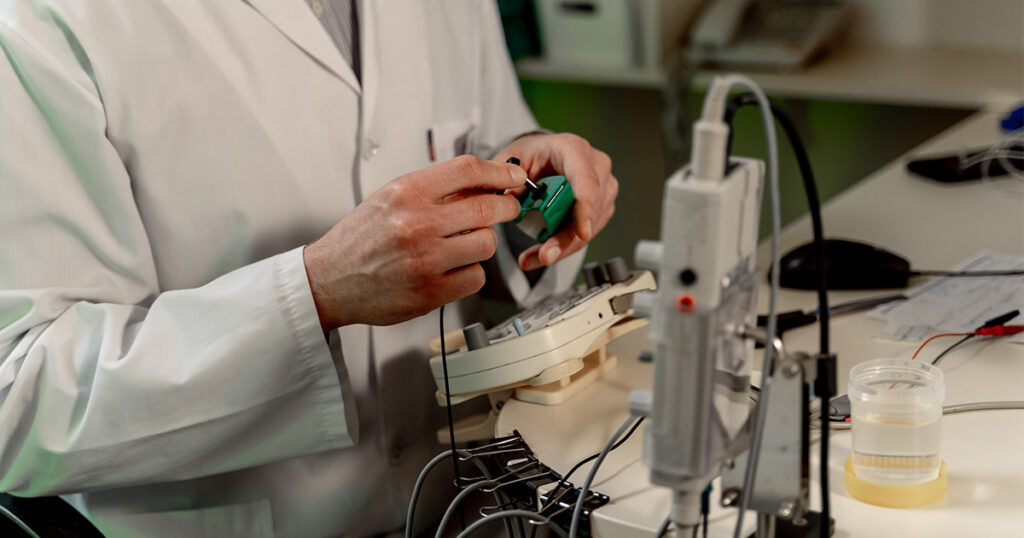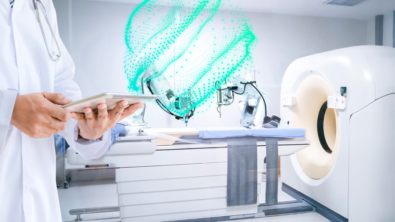Unlock efficiency in medical device design control with PLM

As medical device development becomes increasingly intricate and regulatory demands are rising, staying competitive while ensuring compliance is a balancing act. However, leveraging the right tools can turn these challenges into opportunities for innovation and growth.
Digital initiatives offer a promising avenue to alleviate both market pressures and regulatory burdens. Yet, for these initiatives to truly deliver, collaboration among diverse teams is essential. By embracing a strategy centered on data re-use and concurrent engineering, manufacturers can not only streamline their medical device design processes but also position their companies as leaders in the competitive arena.
Overcome medical device design control complexity with PLM
Siemens offers a pre-configured SaaS product lifecycle management (PLM) solution for medical devices. This product development system, nestled within Siemens’ Design Control for Medical Devices portfolio, offers a holistic approach to product development. By focusing on re-use, context capture and collaboration, PLM for Medical Devices empowers manufacturers to enhance visibility, ensure traceability and mitigate compliance risks.
PLM for Medical Devices addresses three core areas of development:
• Design Data Management: Automates and standardizes product lifecycle and design authoring processes, leveraging digitalization to streamline go-to-market management through data-driven analysis and cross-domain collaboration among teams specializing in systems, mechanical, electrical and software engineering.
• Product Line Management: Streamlines the management, customization and production of product variations to meet regional demands, enhancing accuracy and standardized specification definitions throughout the organization and its supply chain.
• Quality Process Management: Ensures data integrity and compliance through robust quality process management tools, including a master record system compatible with various workflows and data management functions.
How PLM for Medical Devices helps you improve the design control process
With a focus on risk management, requirements tracking, verification and validation, as well as documentation management, this platform simplifies complex tasks and streamlines workflows. Here are the key areas where PLM for Medical Devices improves your design control process:
Risk and requirements
- Ensure accurate design tracking and compliance with visible changes on both design and requirements sides.
- Utilize data-based risk analysis with independent library objects for consistent risk management application.
Verification and validation (V&V)
- Maximize data re-use and ensure full test coverage with generated test cases.
- Enable efficient management of test execution, results and reporting with clear traceability to item definition and requirements.
Design History File (DHF)
- Organize DHF and technical documentation according to your design process.
- Manage records per project phase, determining required or optional documentation.
- Utilize template-driven setups for new projects, configurable based on market and risk class.
Device Master Record (DMR)
- Track and release the DMR to production using collections functionality.
- Facilitate digital design transfer for easier, faster and more accurate control.
- Enhance communication and collaboration between teams in research, development and factory operations by unifying the design transfer process.

Pave the way to success with PLM for Medical Devices
PLM for Medical Devices serves as a catalyst for innovation, offering features that not only optimize performance but also mitigate risk, expediting the transition from concept to market-ready device.
In a swiftly evolving industry, having the right tools is important, and PLM for Medical Devices not only provides a competitive advantage but also instills confidence in navigating the intricacies of medical device design control seamlessly. From streamlined design data management to robust risk analysis and compliance, it is poised to revolutionize the entire process of developing and bringing medical devices to market.
Ready to see PLM for Medical Devices in action? Sign up for a 30-day free trial. For more information on Design Control with PLM for Medical Devices, download our free ebook.


